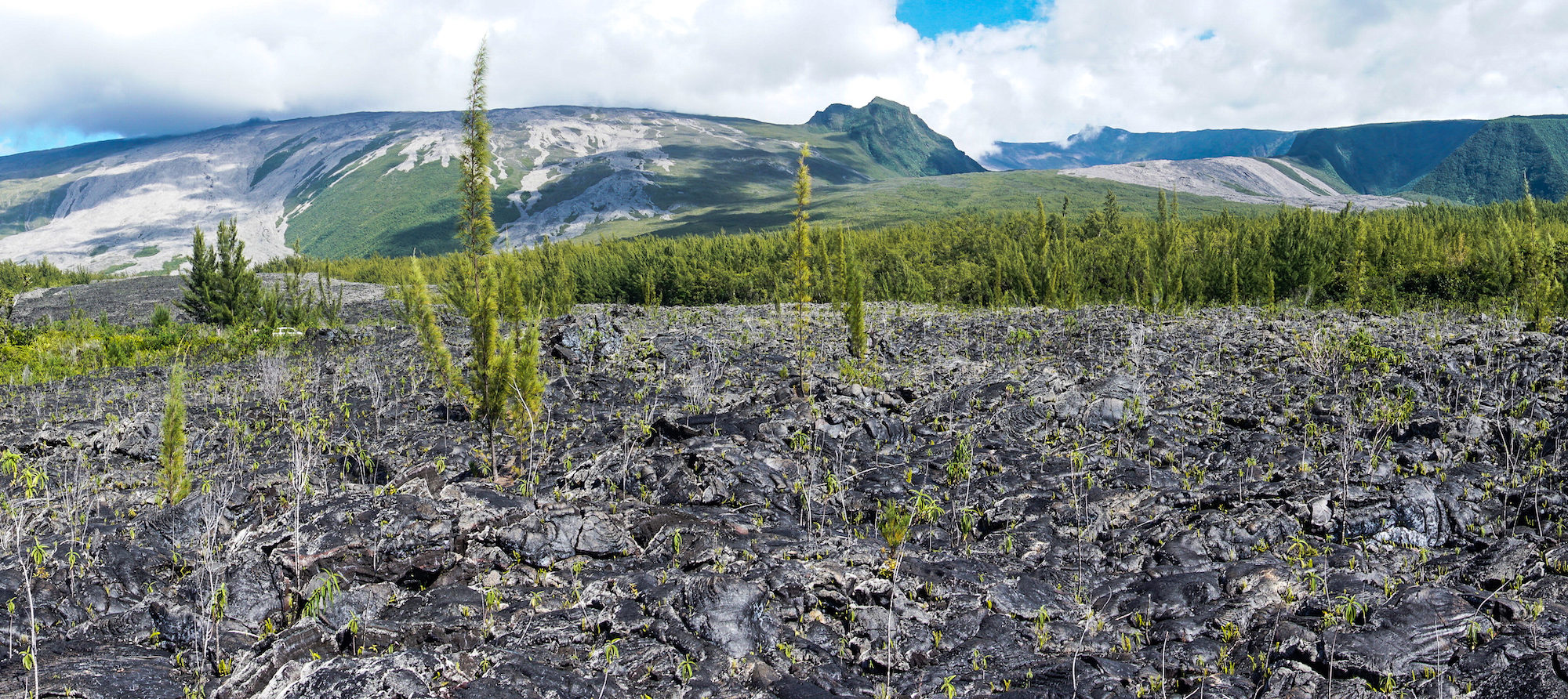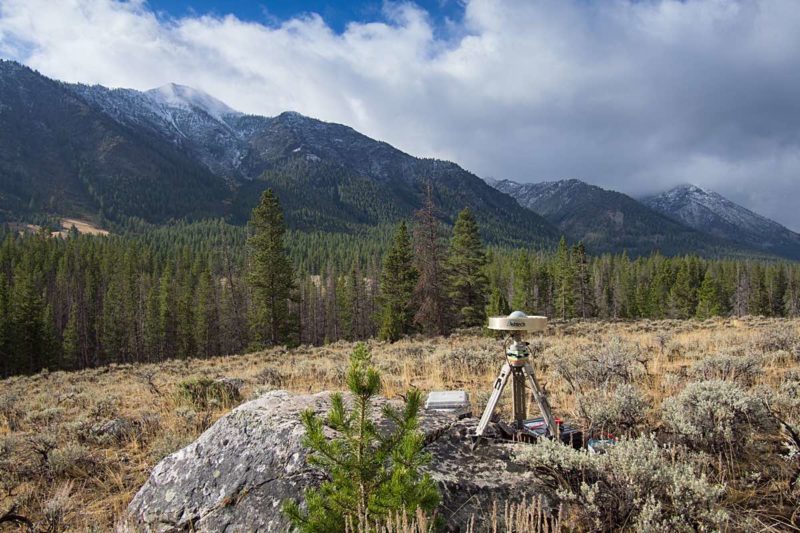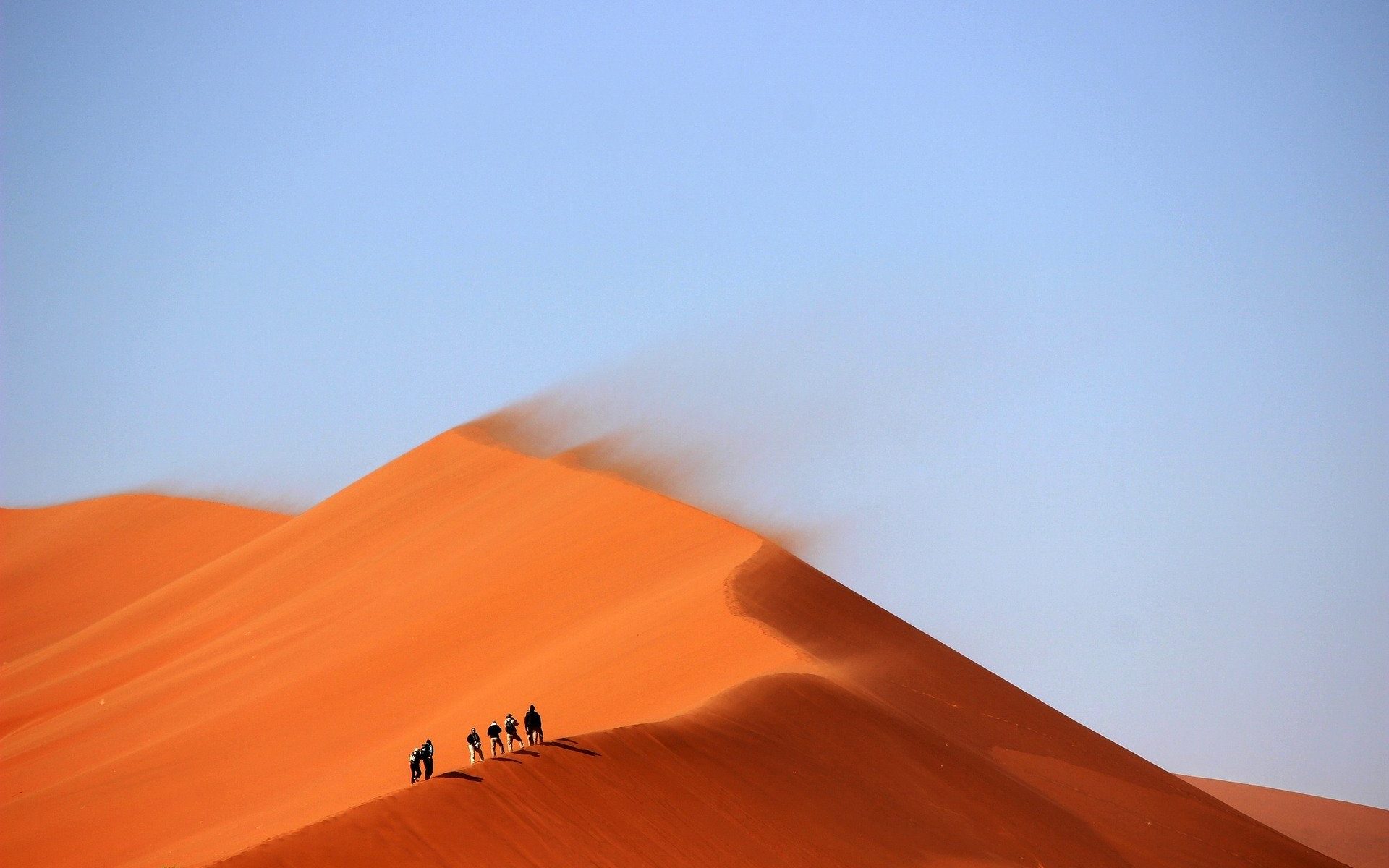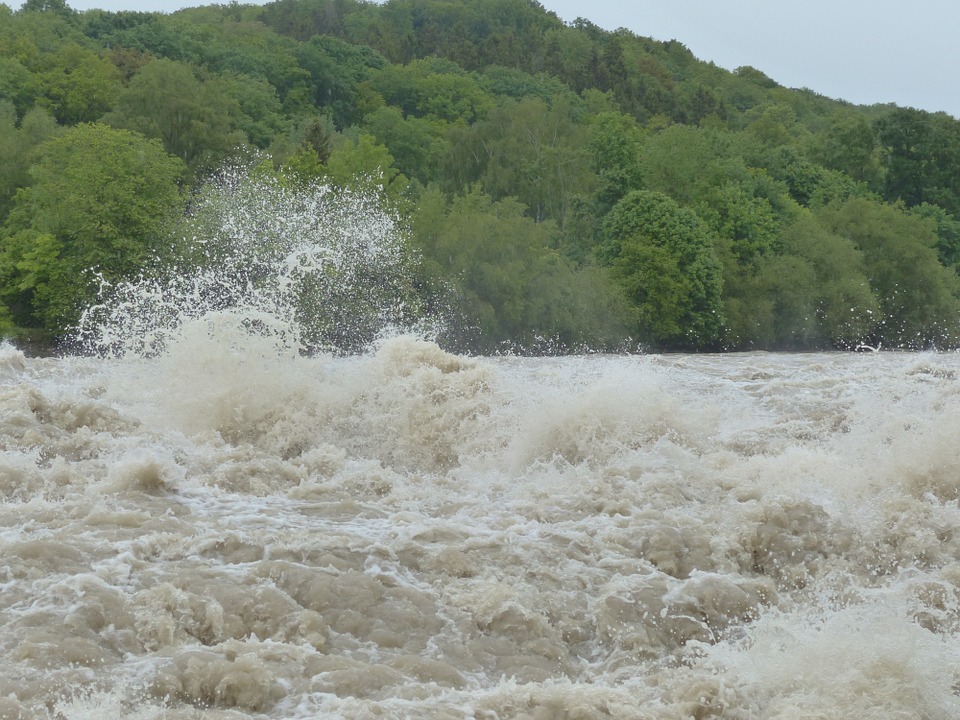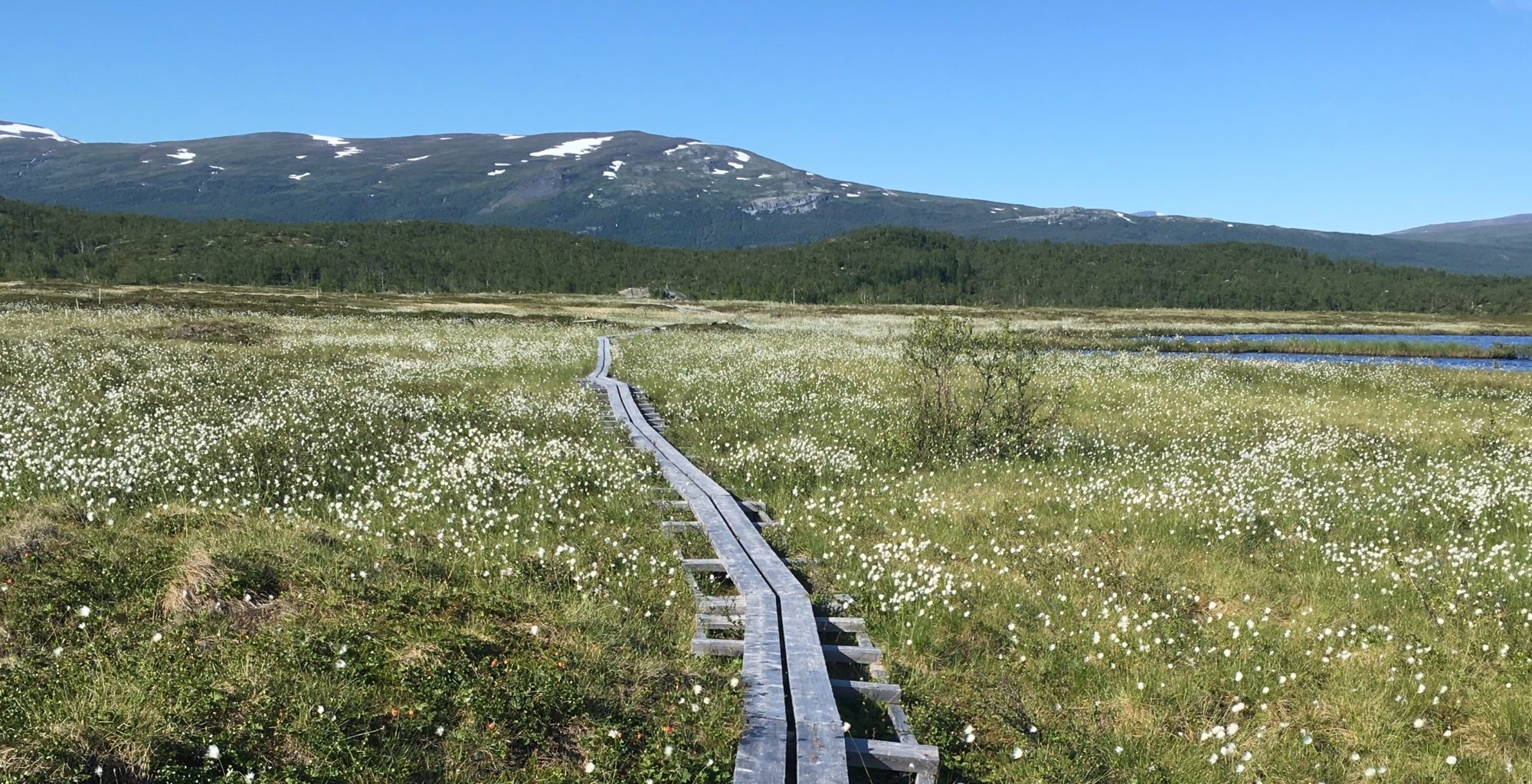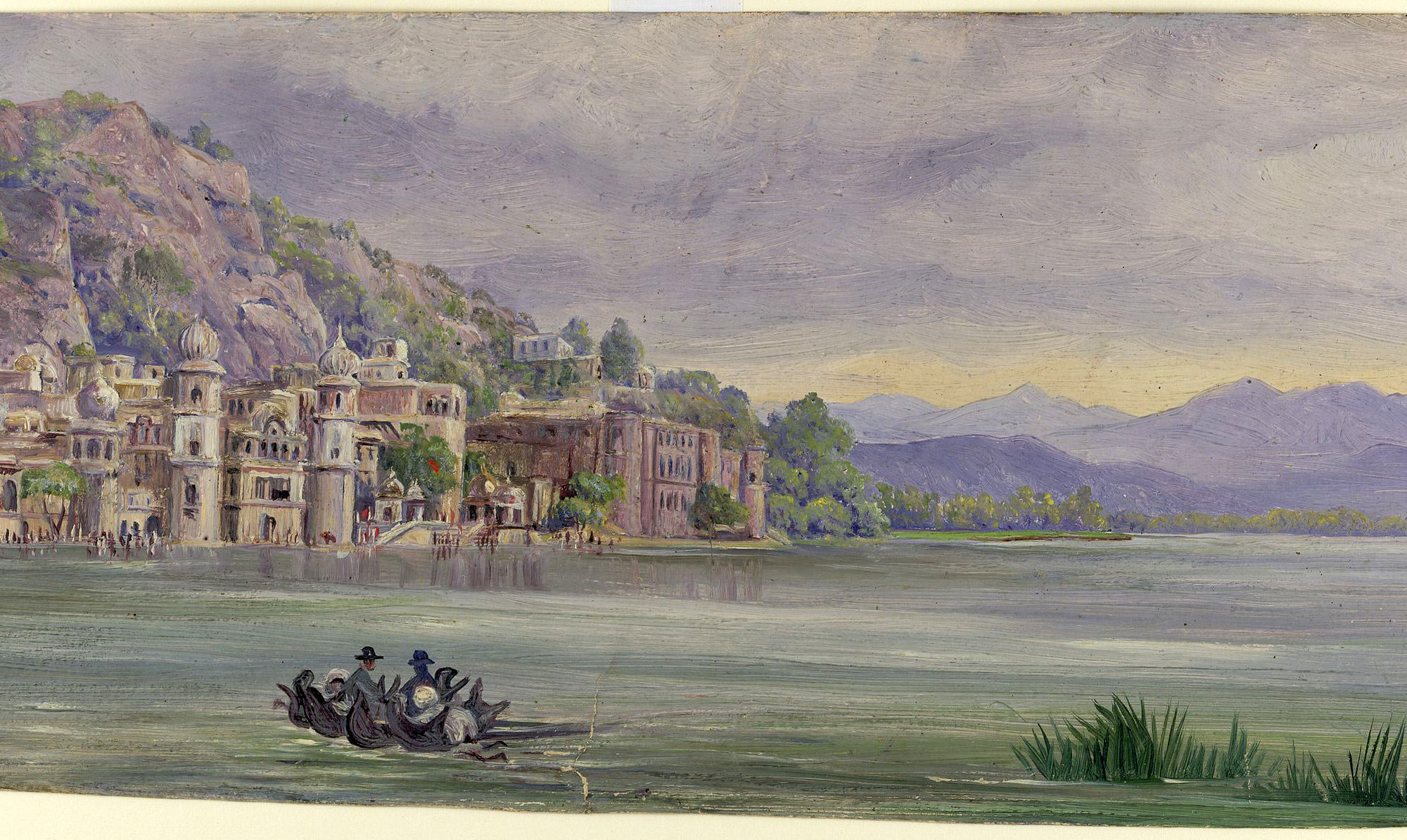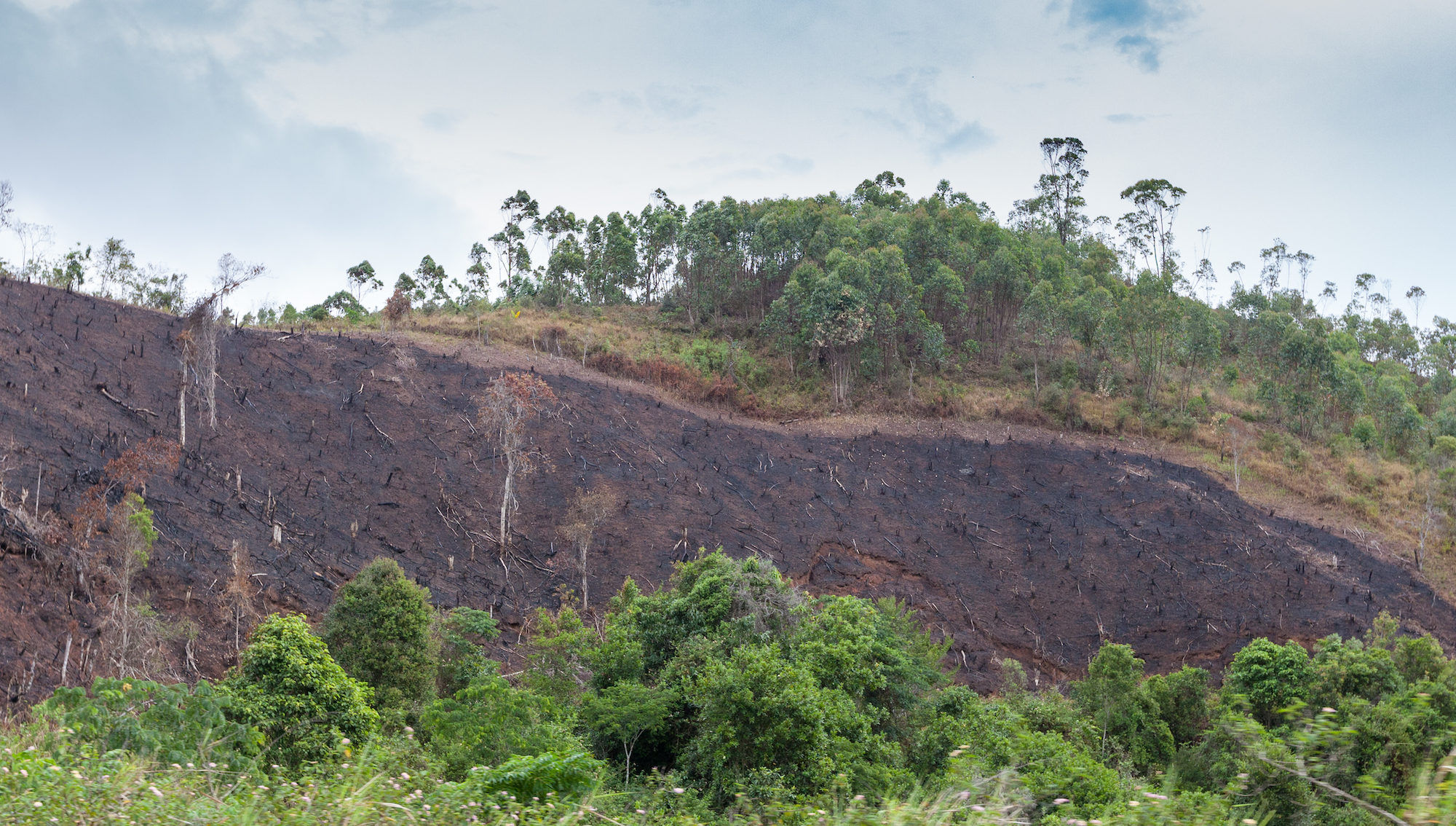Paper: Can nanolites enhance eruption explosivity?
Authors: F. Cáceres, F. B. Wadsworth, B. Scheu, M. Colombier, C. Madonna, C. Cimarelli, K-U. Hess, M. Kaliwoda, B. Ruthensteiner, D. B. Dingwell
Explosive volcanic eruptions have punctuated our planet’s geological record for millions of years. The explosive nature of these eruptions can lead to thousands of cubic kilometers (that’s a billion Olympic swimming pools) of material travelling hundreds of miles across our landscapes and into our atmosphere. Approximately 630,000 years ago, the most recent eruption from the Yellowstone volcanic center sent ash and dust from Wyoming to southern Texas, USA. More recently, the 1815 eruption of Mt. Tambora, Indonesia, led to 1816 being historically known as the “Year Without a Summer”. The “Year without a summer” was started when volcanic materials entered the atmosphere and induced a volcanic winter, which led to extreme weather, agricultural stresses, and food shortages across the globe.
Continue reading “Tiny but Mighty! Nanosized Drivers of Explosive Volcanism”

